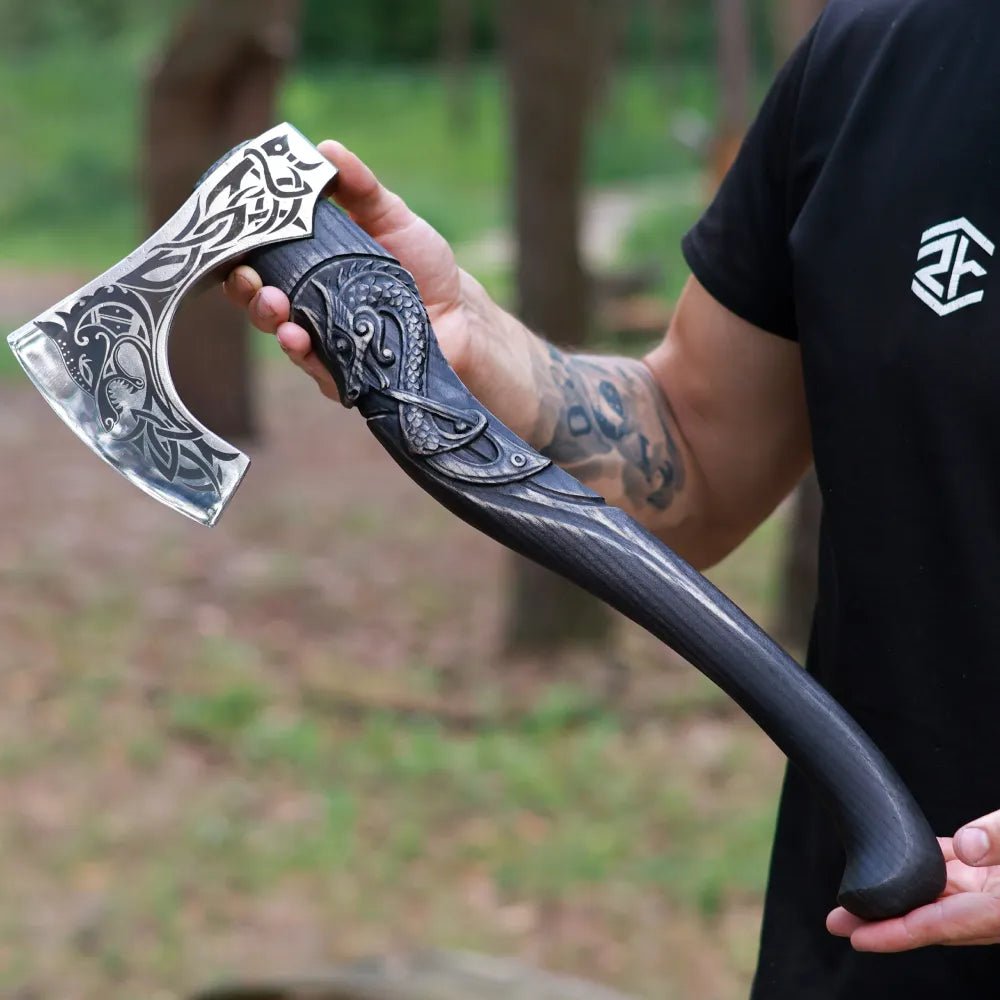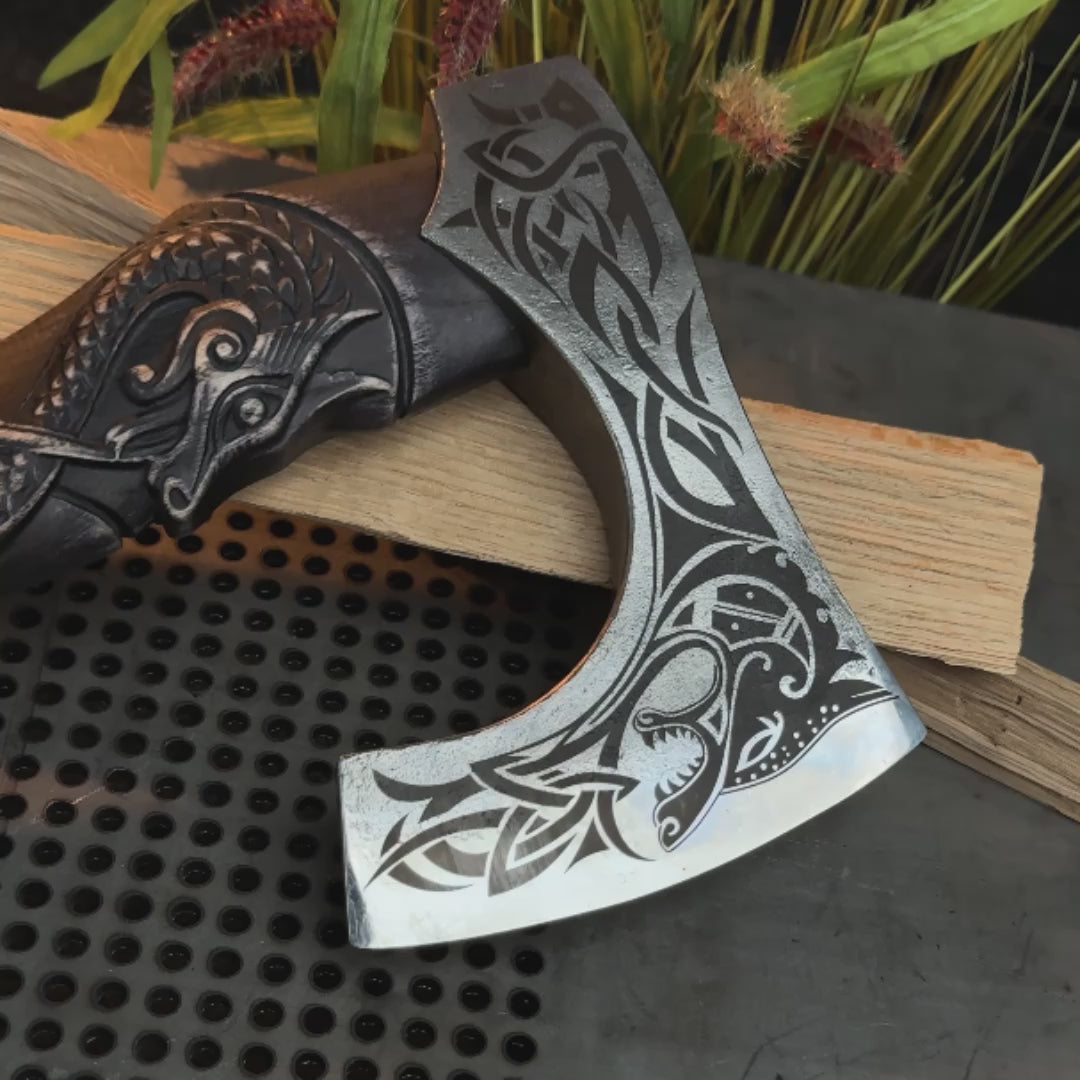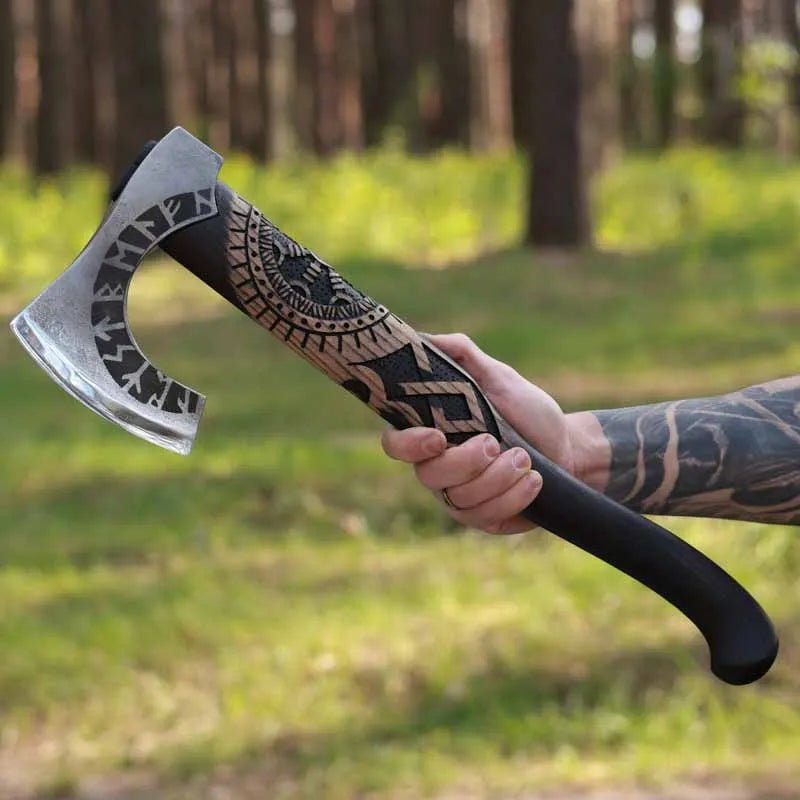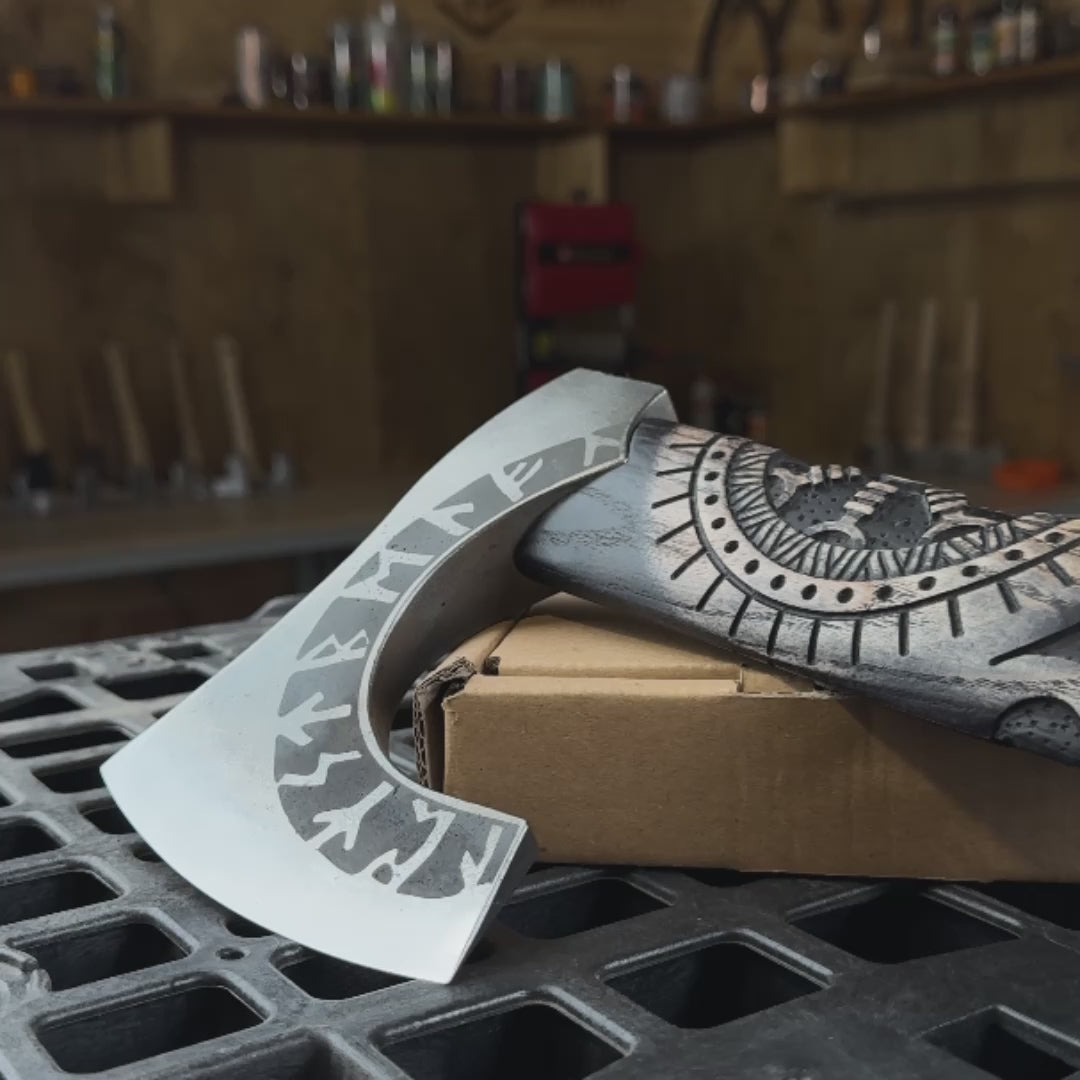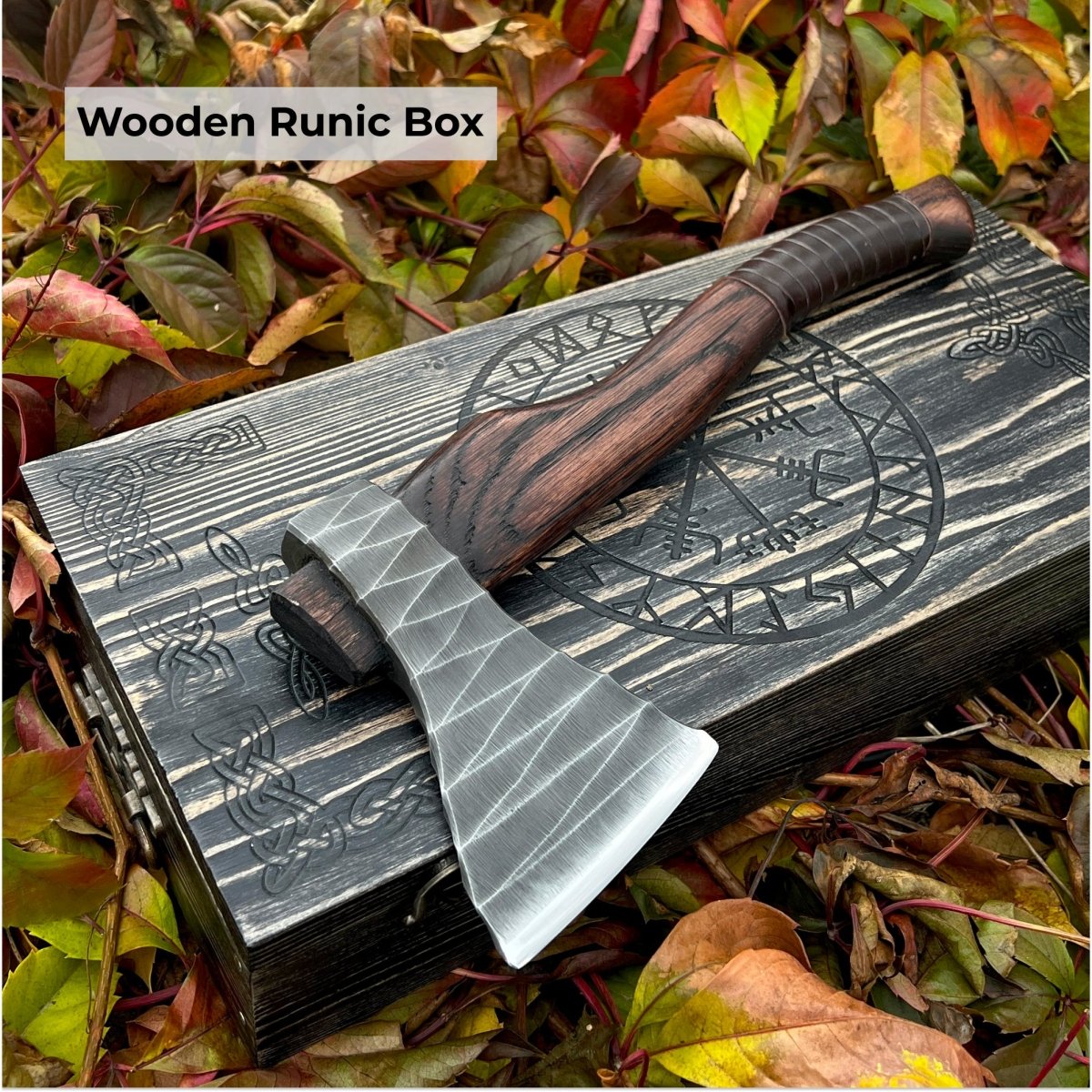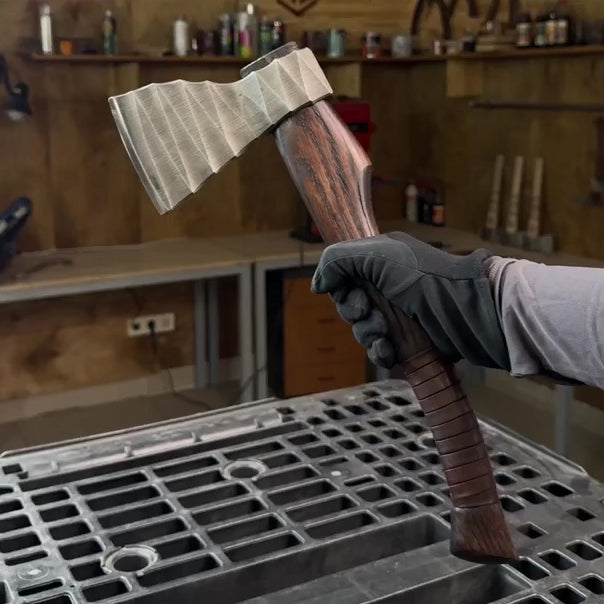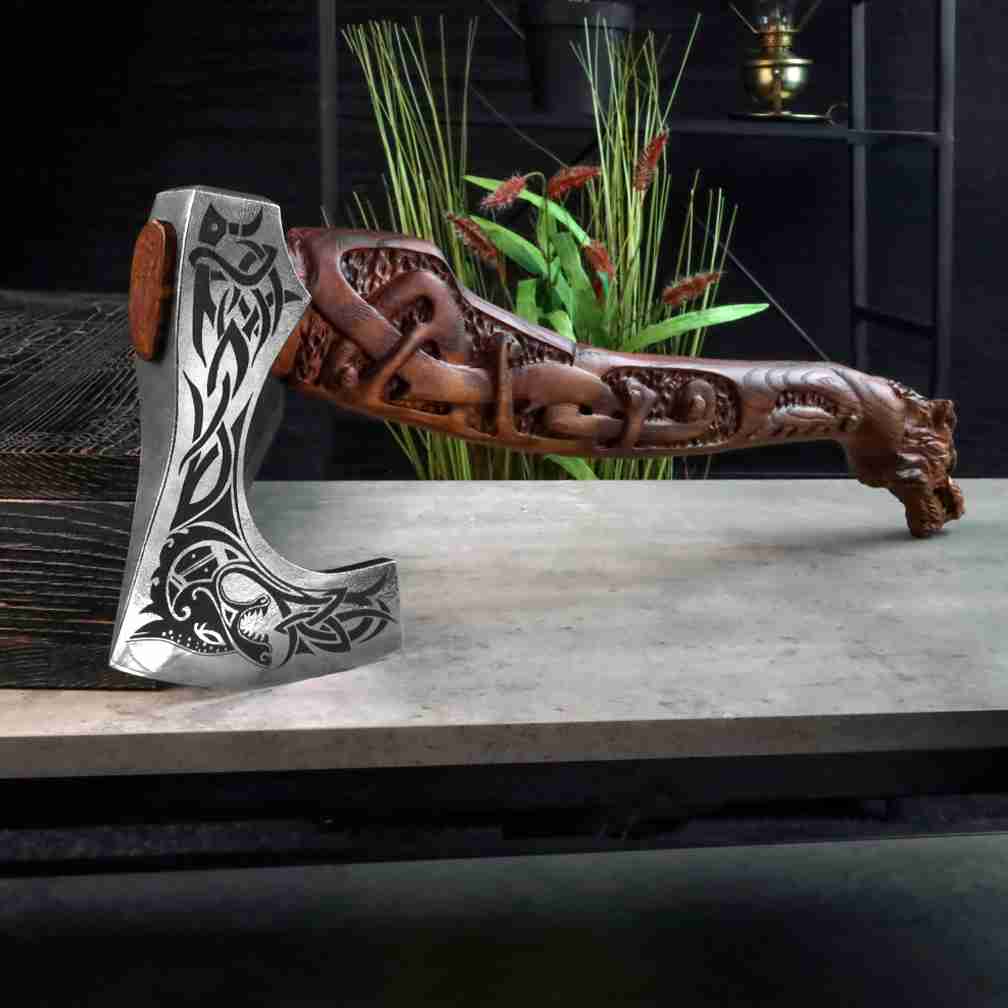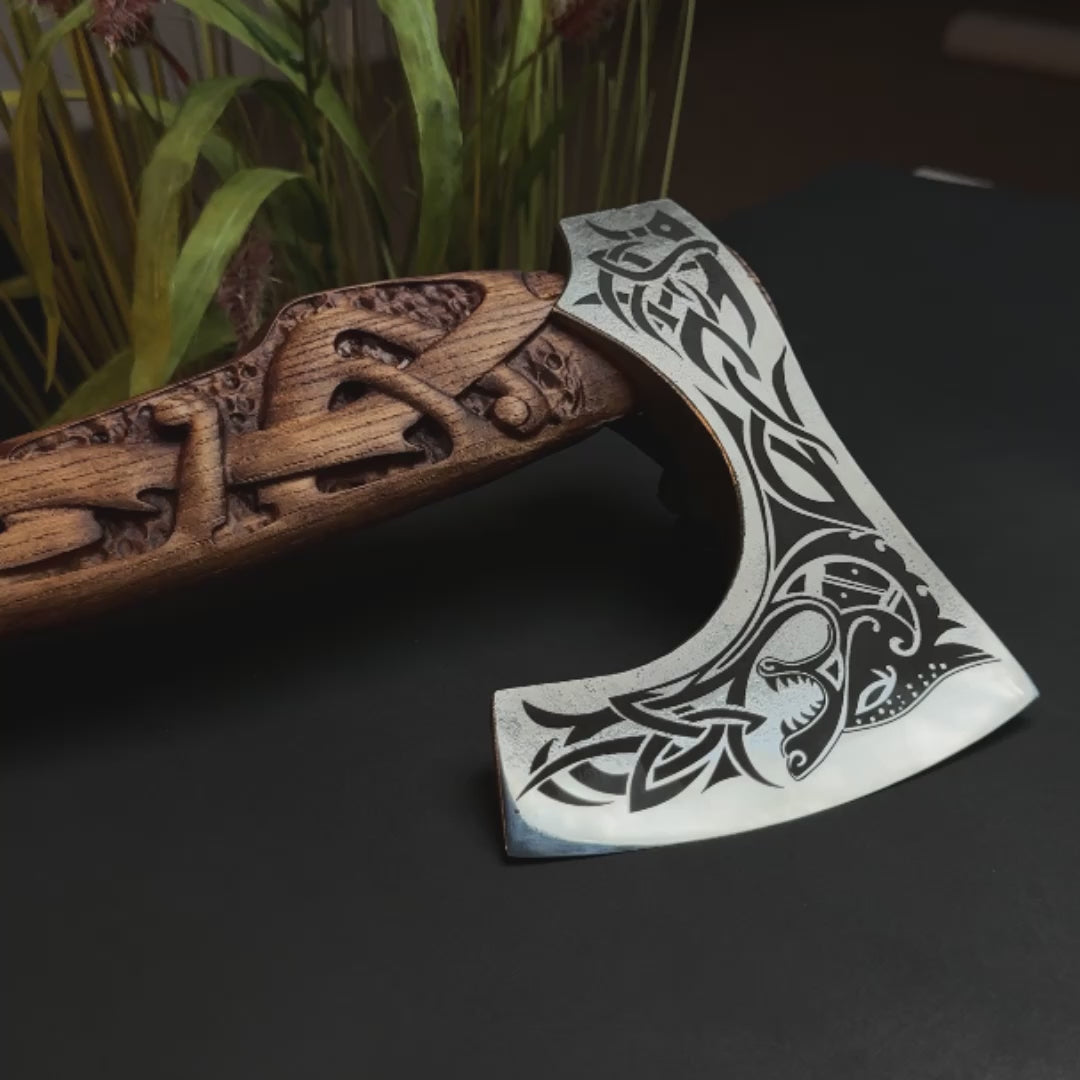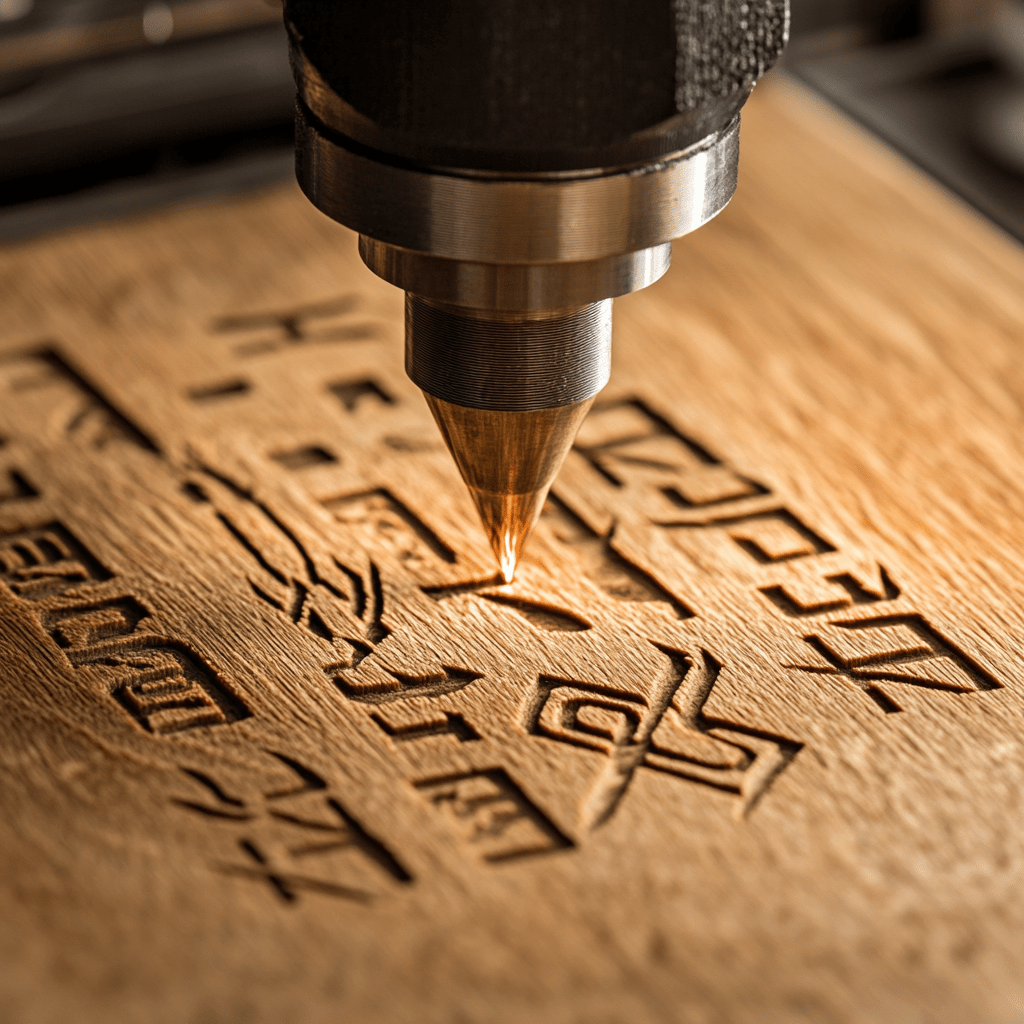
The Art of Engraving: Techniques for Metal and Wood
Engraving is a timeless technique used to personalize and enhance tools, weapons, and artifacts. Whether you want to add intricate Norse patterns to an axe head or carve runes into a wooden handle, the right engraving method can turn a simple tool into a work of art. This guide explores the best techniques for engraving on metal and wood, helping you achieve professional-quality results at home.

Engraving on Metal: Techniques and Tools
Engraving metal requires precision and the right tools to create lasting, detailed designs. Here are some of the most effective methods:
-
Hand Engraving – using a chisel and hammer, this traditional method allows for deep, detailed engravings. Best suited for experienced artisans.
-
Dremel Engraving – a rotary tool with an engraving bit is perfect for beginners, offering control and flexibility for intricate designs.
-
Etching with Acid – a chemical process where acid removes metal from the surface, creating a permanent design. Ideal for complex patterns and fine details.
-
Laser Engraving – a high-tech approach that burns designs into the metal with precision. Requires specialized equipment but produces flawless results.
For home engraving, a Dremel tool or etching method is recommended, as they provide the best balance between accessibility and detail.

Engraving on Wood: Best Practices
Wood engraving is a fantastic way to add runes, symbols, or intricate carvings to axe handles or decorative pieces. Here are the most effective methods:
-
Hand Carving – using chisels and gouges, this method allows for deep and artistic cuts but requires skill and patience.
-
Pyrography (Wood Burning) – a heated metal tip burns the design into the wood, creating a rich, dark finish.
-
Dremel Engraving – just like with metal, a rotary tool works well on wood, allowing for both light and deep cuts.
-
Laser Engraving – the most precise method, laser engraving burns designs into the wood with accuracy and detail.
For DIY engraving, pyrography and Dremel engraving are the best choices, offering control and a professional look without the need for extensive skills.

Tips for Successful Engraving
-
Choose the Right Material – Hardwoods like oak or ash are ideal for wood engraving, while carbon steel is best for metal.
-
Prepare the Surface – Sand wood smooth before engraving; for metal, clean and degrease the surface.
-
Use a Stencil – Sketching or transferring a design beforehand ensures accuracy.
-
Work in Layers – For deeper engravings, work gradually to avoid mistakes.
-
Seal and Protect – After engraving, apply linseed oil to wood or a protective sealant to metal for longevity.
Hand-Engraved Axes by AncientSmithy
At AncientSmithy, we specialize in hand-engraved axes, bringing Norse artistry to life. Whether it's custom metal engraving on axe heads or intricate wood carvings on handles, our expert craftsmanship ensures each piece is unique. Looking for a personalized touch? Explore our collection and own a one-of-a-kind Viking-inspired axe that blends function with timeless artistry.
